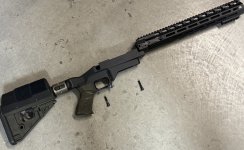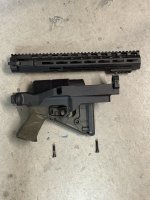Wyoming roadtrip
- By lroseen
- The Bear Pit
- 73 Replies
When in Yellowstone keep a keen eye out for howling cuddle puppies and those growling teddy bears! Both are very friendly and love attention, get as close as you can!
If you find the horned prairie cows, they love to be photographed from as close as humanly possible and more often than not would love it if you hopped on their back for a ride! They were definitely the Cadillacs of the old west.
Basically there is nothing that will hurt you or to be concerned with! Get out be adventurous, ride a horned prairie cow!
If you find the horned prairie cows, they love to be photographed from as close as humanly possible and more often than not would love it if you hopped on their back for a ride! They were definitely the Cadillacs of the old west.
Basically there is nothing that will hurt you or to be concerned with! Get out be adventurous, ride a horned prairie cow!





